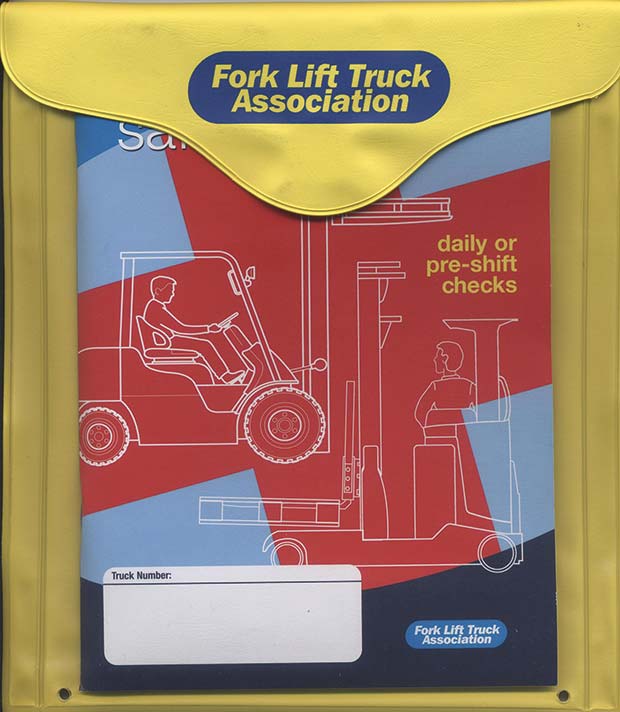Although it may be tempting to save a little time and money by cutting back on checks and maintenance, it is a false economy. As well as reducing the lifetime, efficiency and productivity of your truck, you will increase the chances of costly unplanned downtime and repairs. But most importantly, you will be putting people’s lives and health in danger.
 In March, courts heard how a vehicle salvage firm in Stalybridge was fined over multiple safety failings after a car weighing more than half a tonne fell from a fork lift truck, crushing a 22-year-old mechanic standing beneath it.
In March, courts heard how a vehicle salvage firm in Stalybridge was fined over multiple safety failings after a car weighing more than half a tonne fell from a fork lift truck, crushing a 22-year-old mechanic standing beneath it.
An investigation by the HSE found that the company had failed to carry out an annual service on the fork lift and it had numerous faults, including:
• Lifting chains in a dangerous condition (rust, stiff links and parts missing)
• Low level of hydraulic oil in the tank
• Badly damaged tyre
• Non-working handbrake and horn
• No seatbelt
What the law says
For safety reasons, proper maintenance is a legal requirement. Regulation 5 of the Provision and Use of Work Equipment Regulations 1998 (PUWER 98) specifies: “Every employer shall ensure that work equipment is maintained in an efficient state, in efficient working order and in good repair.”
Types of maintenance
There are two main aspects of maintenance:
• Scheduled servicing
• Daily or pre-shift checks
A related issue – and important consideration as it involves checking the truck’s condition – is Thorough Examination (visit www.thoroughexamination.org for more information). Importantly, Thorough Examination is not normally part of routine maintenance, so its requirements must be satisfied separately. Essentially, you must arrange for this to be carried out at the legally required intervals and obtain a Report of Thorough Examination. You should also clearly display the next examination date on the truck.
Regular servicing must be carried out by someone with the necessary training and experience to maintain a fork lift truck properly. It is much more complex than servicing a car.
The truck’s manufacturer will recommend intervals for inspections and services. These will vary according to the nature and intensity of your application. Your service provider can advise on what is needed and when. If a truck is being hired, you must allow your hire company to have access for maintenance as necessary.
Daily and pre-shift checks
These are your fork lift truck’s first line of defence. Your fork lift truck operators should go through these at the start of each shift or working day. The procedure should be a formal one, recorded in writing each time. Typically, it should take between five and ten minutes.
The truck manufacturer’s instructions, or your truck supplier, will explain exactly what needs to be checked. This will include all of the following, and more:
• Levels of essential fluids
• Warning lights
• Obvious faults
• Obvious leaks
• Damage to vital components
• Condition of tyres, wheels and wheel nuts
On completing the checks, the truck should not be used until:
• The operator has reported any resulting queries or concerns
• Advice has been obtained on any warning lights showing
• Any fault affecting safely has been rectified
Your responsibilities
Remember, it is your legal responsibility as a supervisor or manager to ensure that the maintenance programme is in place and daily checks are enforced. Make sure you know what those checks include.
A Daily Checks book, which simplifies recording of pre-shift checks, can be ordered from the Inspection Documents section of the online shop at www.fork-truck.org.uk. Free fact sheets on maintenance and other safety topics can be downloaded at www.fork-truck.org.uk/fact-sheets.
Fork Lift Truck Association




Comments are closed.